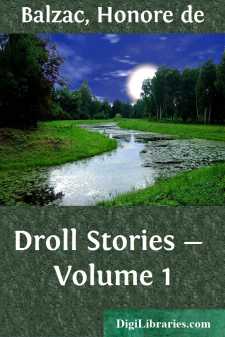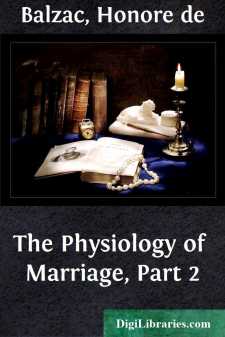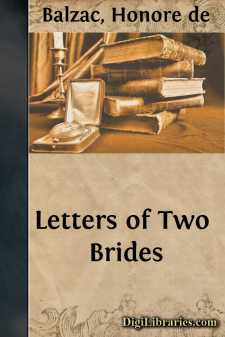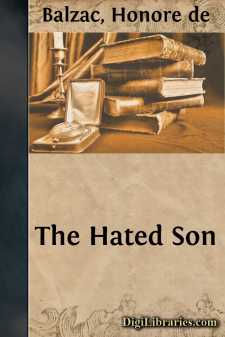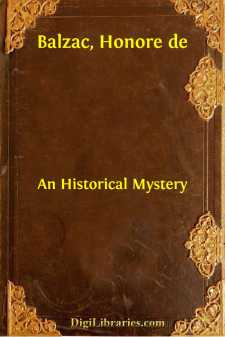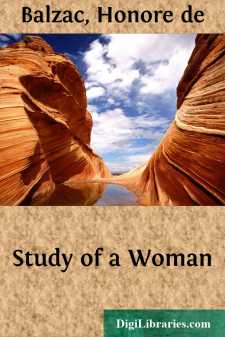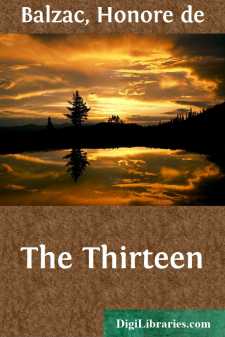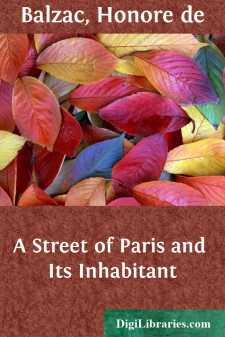Categories
- Antiques & Collectibles 13
- Architecture 36
- Art 48
- Bibles 22
- Biography & Autobiography 813
- Body, Mind & Spirit 142
- Business & Economics 28
- Children's Books 17
- Children's Fiction 14
- Computers 4
- Cooking 94
- Crafts & Hobbies 4
- Drama 346
- Education 46
- Family & Relationships 57
- Fiction 11829
- Games 19
- Gardening 17
- Health & Fitness 34
- History 1377
- House & Home 1
- Humor 147
- Juvenile Fiction 1873
- Juvenile Nonfiction 202
- Language Arts & Disciplines 88
- Law 16
- Literary Collections 686
- Literary Criticism 179
- Mathematics 13
- Medical 41
- Music 40
- Nature 179
- Non-Classifiable 1768
- Performing Arts 7
- Periodicals 1453
- Philosophy 64
- Photography 2
- Poetry 896
- Political Science 203
- Psychology 42
- Reference 154
- Religion 513
- Science 126
- Self-Help 84
- Social Science 81
- Sports & Recreation 34
- Study Aids 3
- Technology & Engineering 59
- Transportation 23
- Travel 463
- True Crime 29
Droll Stories - Volume 1
by: Honore de Balzac
Categories:
Description:
Excerpt
TRANSLATORS PREFACE
When, in March, 1832, the first volume of the now famous Contes Drolatiques was published by Gosselin of Paris, Balzac, in a short preface, written in the publisher's name, replied to those attacks which he anticipated certain critics would make upon his hardy experiment. He claimed for his book the protection of all those to whom literature was dear, because it was a work of art—and a work of art, in the highest sense of the word, it undoubtedly is. Like Boccaccio, Rabelais, the Queen of Navarre, Ariosto, and Verville, the great author of The Human Comedy has painted an epoch. In the fresh and wonderful language of the Merry Vicar Of Meudon, he has given us a marvellous picture of French life and manners in the sixteenth century. The gallant knights and merry dames of that eventful period of French history stand out in bold relief upon his canvas. The background in these life-like figures is, as it were, "sketched upon the spot." After reading the Contes Drolatiques, one could almost find one's way about the towns and villages of Touraine, unassisted by map or guide. Not only is this book a work of art from its historical information and topographical accuracy; its claims to that distinction rest upon a broader foundation. Written in the nineteenth century in imitation of the style of the sixteenth, it is a triumph of literary archaeology. It is a model of that which it professes to imitate; the production of a writer who, to accomplish it, must have been at once historian, linguist, philosopher, archaeologist, and anatomist, and each in no ordinary degree. In France, his work has long been regarded as a classic—as a faithful picture of the last days of the moyen age, when kings and princesses, brave gentlemen and haughty ladies laughed openly at stories and jokes which are considered disgraceful by their more fastidious descendants. In England the difficulties of the language employed, and the quaintness and peculiarity of its style, have placed it beyond the reach of all but those thoroughly acquainted with the French of the sixteenth century. Taking into consideration the vast amount of historical information enshrined in its pages, the archaeological value which it must always possess for the student, and the dramatic interest of its stories, the translator has thought that an English edition of Balzac's chef-d'oeuvre would be acceptable to many. It has, of course, been impossible to reproduce in all its vigour and freshness the language of the original. Many of the quips and cranks and puns have been lost in the process of Anglicising. These unavoidable blemishes apart, the writer ventures to hope that he has treated this great masterpiece in a reverent spirit, touched it with no sacrilegious hand, but, on the contrary, given as close a translation as the dissimilarities of the two languages permit. With this idea, no attempt had been made to polish or round many of the awkwardly constructed sentences which are characteristic of this volume....


